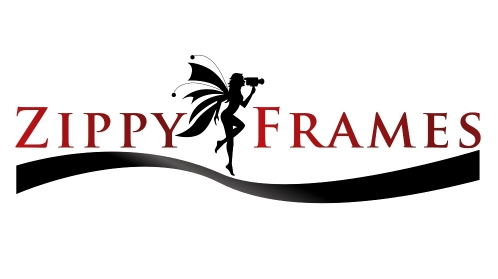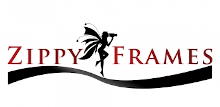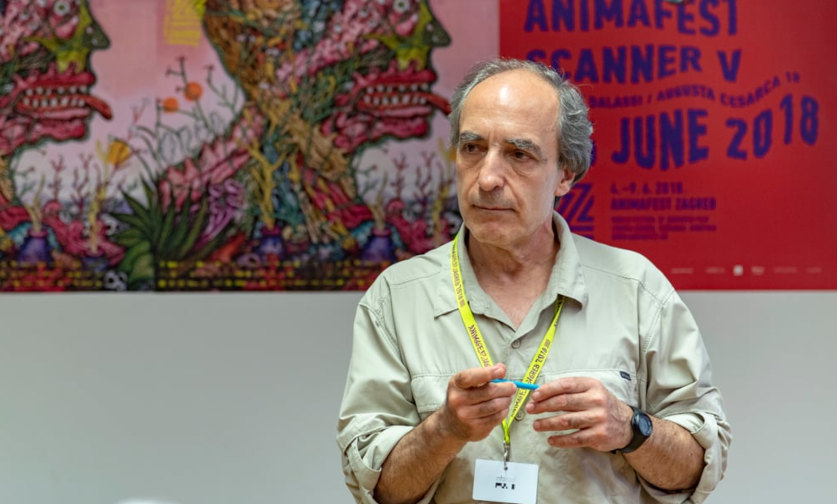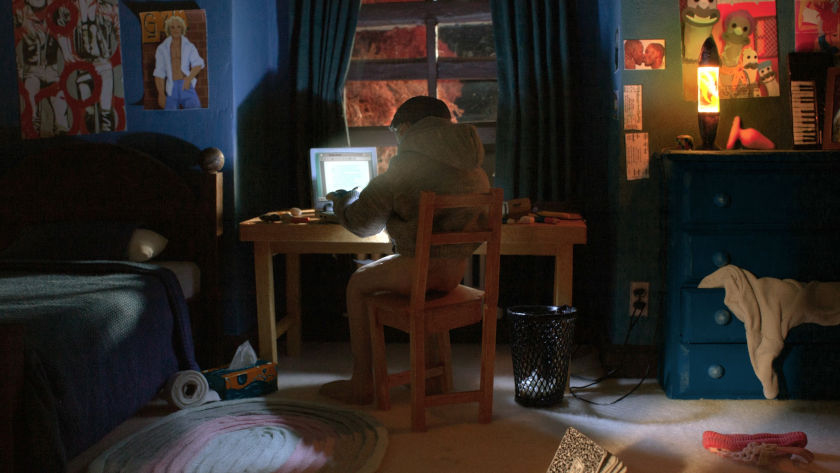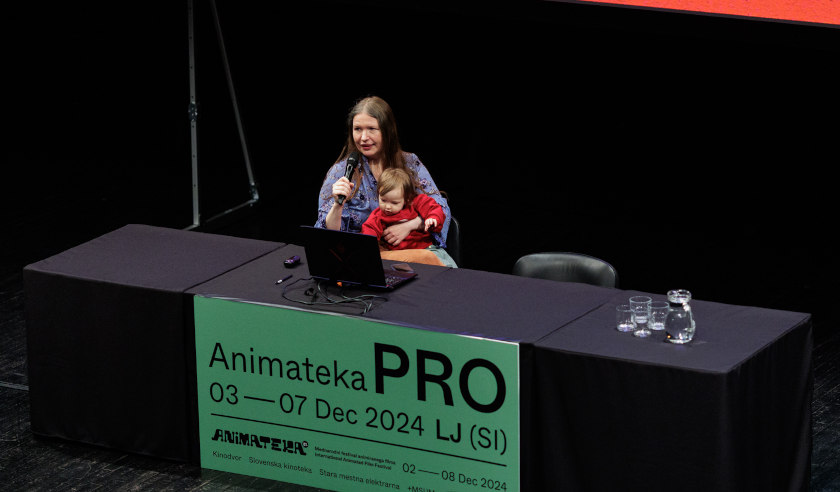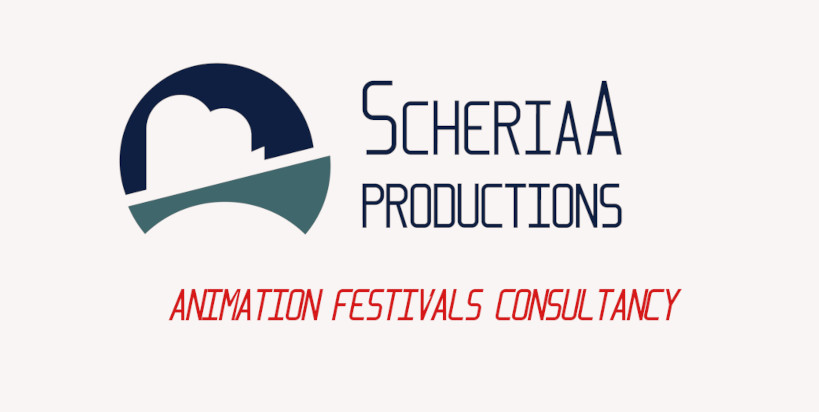Croatian Film Competition 1: Women take Croatian animation into the future

Croatian Film Competition 1: Women take Croatian animation into the future
Since the early 1920s, Croatian animation has relied on this technically finite, temporally beguiling, and boundlessly taxing medium to deliver short films and features. In the mid-20th century, French film historian George Sadoul coined the term “Zagreb School” to refer to the style of animation that was emerging courtesy of Croatian master animators such as Borivoj Dovniković Bordo (Krek, 1968, and Learning to Walk, 1978) and Dušan Vukotić, whose short film 'Surogat' won the Oscar for Short Subjects in 1961. Since then, Croatian animation has continued to flourish. Just last year, Remember 'How I Used to Ride a White Horse' by Ivana Bošnjak Volda and Thomas Johnson Volda was longlisted for the prestigious Academy Award, while Morten Tšinakov and Lucija Mrzljak’s co-production with Estonia, 'Eeva', made it onto the short list, as well as earning 14 further nominations.
This year, the 34th edition of the World Festival of Animated Film, or Animafest Zagreb, featured a selection of 22 films in the Croatian Film Competition, divided across two sections. Within these sections, themes of nature and the personification of animals were complemented by shorts showcasing dark humour and eclectic animation styles. Past masters may have been men, but, of these 22 Croatian films, around 16 were made by women directors, and 16 films were also created by students or alumni of Zagreb’s own Academy of Fine Arts. Other directors hailed from the Dalmatian Coast’s Fine Arts School in Split or the Academy of Fine Arts and Design in Ljubljana, with other blends of Balkan co-productions also jostling in the line-up. Three films by women directors which stood out in the section are as follows:
Evanescence
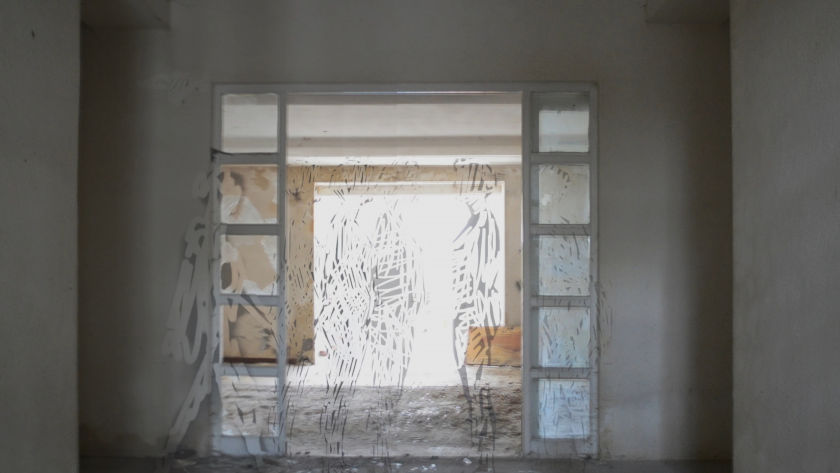
The crackle of static, the hum of fluorescent light and muffled sounds of war machinery and construction make up the soundscape of Mare Šuljak’s 'Evanescence'. Šuljak’s production is a Kinoklub Zagreb creation and understands that all that exists in the world will ultimately disintegrate. A sober embodiment of memories and their fallibility, the film begins almost as a mise en abyme – a construction or ‘projection’ onto the wall of a white square just slightly lighter in hue than the surrounding space, which is soon joined by other small squares which take on the appearance of letterboxes on a strip of celluloid film.
The film’s formal elements and collaged compositions play with the gradual construction and layering of the image we see. When these elements are removed, we experience a shift in our own perception of space and time, which results in a palpable loss. The imagery specific to an empty staircase and broken glass windows also functions as a record of absence, as do figures whose presence is only evident because their appearance is built upon a series of erasures, appearing spectral when put in motion. Ultimately, the impact of these ephemeral elements allows them to transgress the boundaries of their visual medium.
Three Birds

In this saturnine, sepia-infused fairytale-esque short, the harvest is long over and it’s time to rake up the residual dead grasses. A jet-black-haired young woman cautiously approaches the cottage of a sage birdwoman and finds comfort in her healing hands. Zarja Menart's delicate but brilliant use of 2D cut-outs and oil painting animation is infused into the familiar narrative arc of an afflicted woman, by way of a masterful multiplane technique which enriches the texture of the forest and the fog, and of hair and skin, and which distinguishes between the depth of shadows and the shallowness of water.
In 'Three Birds', the young woman’s wilted spirit, loss, and gloom are externalized, separated only by a curtain of her hair which acts as a portal to her inner world. The hair becomes entangled with imagery of veins and roots, symbolic links with sustained growth—a lineage. Three birds, present from the onset, appear like friendly Graces or Fates. They gently approach the young woman and transform her tear-shaped seeds into something more hopeful.
Behind the Scenes
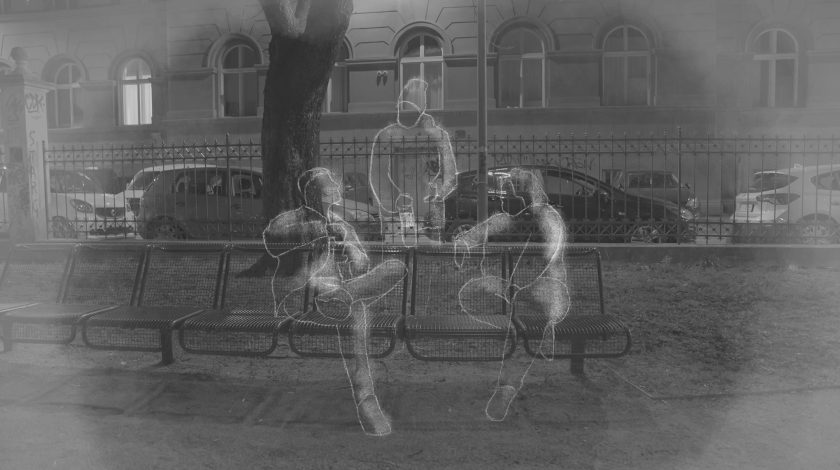
An off-kilter encounter at “around two” AM at a bus station might normally signal danger, but strangers actually communicate in Monika Mohr’s promising second film. Backgrounds are static monochrome photos – a line of empty benches if not for the opaque, white, chalk-like outlines of Mohr’s characters, which lack detailed faces: they’re both everyone and no-one. What starts out as a television opening sequence, coupled with a triste guitar melody, veers into borderline uncomfortable episodes of two men attempting to chat with an unreceptive female protagonist.
It’s a scenario which takes place in real life so frequently, it might not even seem cinematic, but an undercurrent of dry humour and the possibility of sharing a cigarette sparks a light bright enough to keep one man conversing with the woman. As the woman slowly shrugs off her apprehensiveness, the details of their two faces emerge and it becomes clear that we need to keep watching. Behind the Scenes eschews awkward first encounters, preferring to present a brasher dynamic - an ultimate reminder that common ground can develop, even if it’s not likely to outlast the duration of a bus ride.
The methodical composition of 'Evanescence', the atmospheric richness of 'Three Birds', and the revelatory and heartwarming nature of 'Behind the Scenes' prove the sustained strength and potential of Croatian animation, as it ushers in a new generation of primarily female animators armed with a range of technically diverse skills.
contributed by: Eliana Resnick
